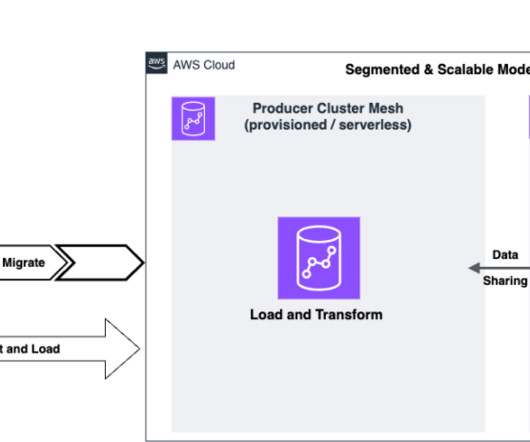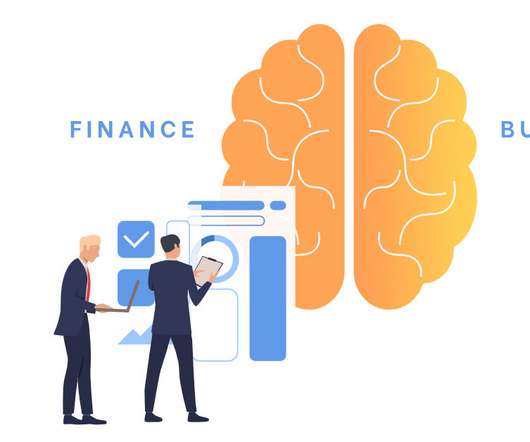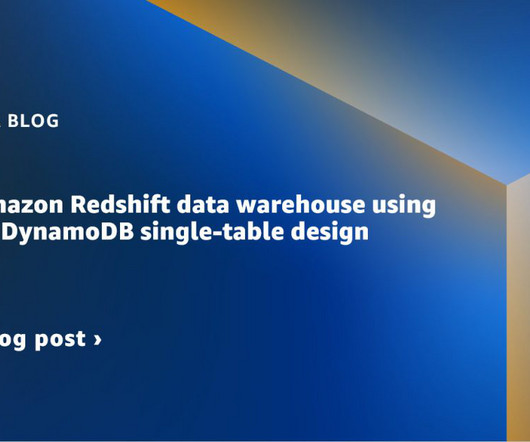Unleashing the power of Presto: The Uber case study
IBM Big Data Hub
SEPTEMBER 25, 2023
Uber’s DNA as an analytics company At its core, Uber’s business model is deceptively simple: connect a customer at point A to their destination at point B. With a few taps on a mobile device, riders request a ride; then, Uber’s algorithms work to match them with the nearest available driver and calculate the optimal price.













Let's personalize your content